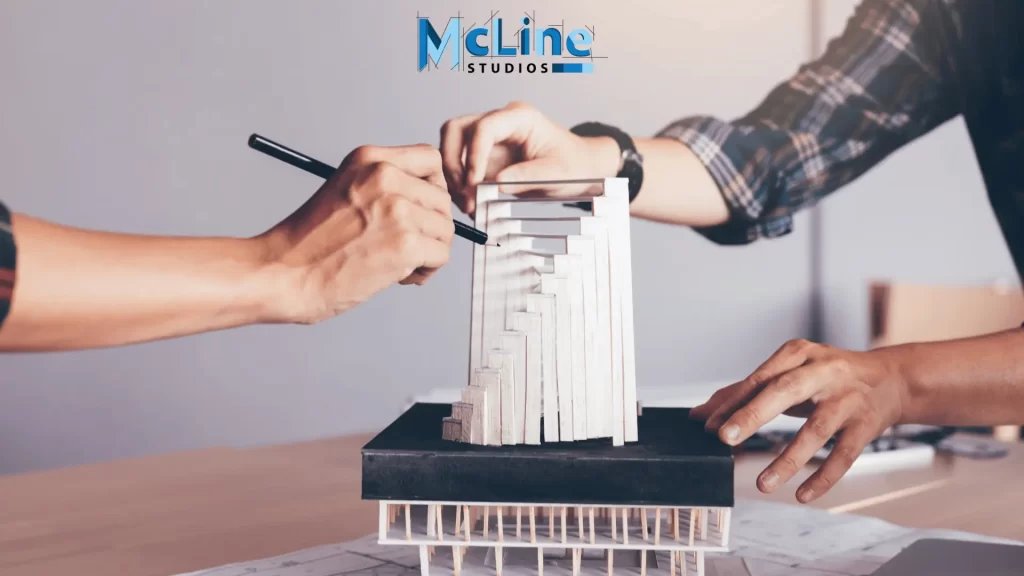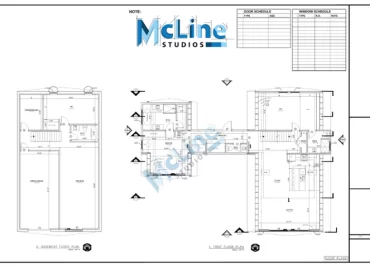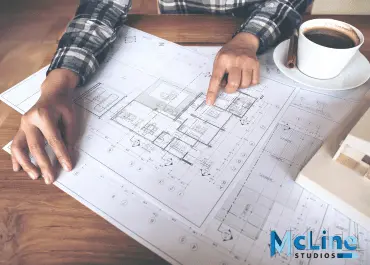In recent years, the integration of cutting-edge technologies has reshaped the way architects and contractors conceptualize, design, and bring their visions to life. Among these transformative tools, 3D modeling stands out as a powerful catalyst, offering a plethora of advantages that extend beyond traditional design methods. 3D modeling for architects provides numerous advantages over traditional 2D drafting techniques.
This article delves into the intricacies of 3D modeling for architects, unraveling the myriad ways in which this advanced technology not only streamlines design workflows but also elevates the precision and depth of architectural vision. As the architectural world continues to shift towards digitization, the role of 3D modeling becomes increasingly prominent, empowering architects to translate their concepts into tangible, immersive visualizations.
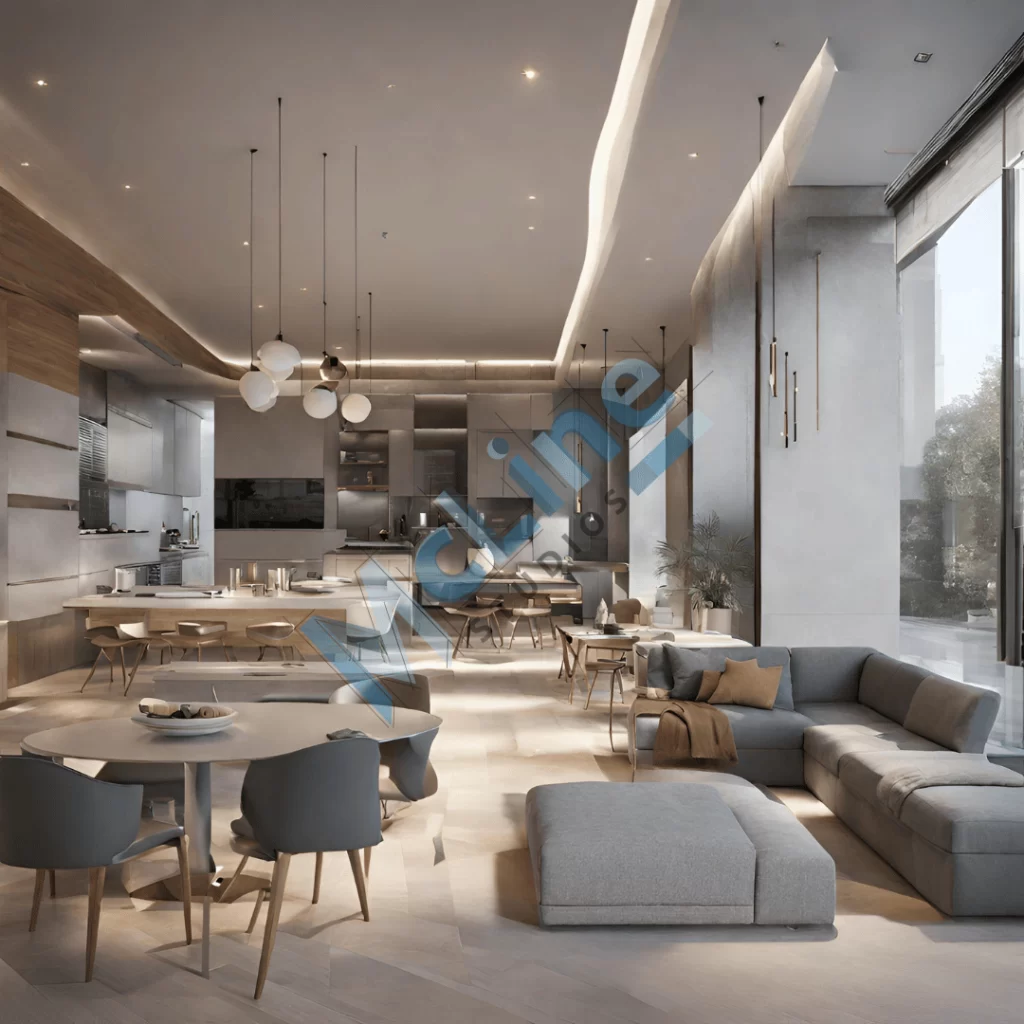
What is 3D Modeling for Architects?
3D modeling is an essential tool for architects in the design process. Architects use 3D modeling software to create digital 3D models of their building designs. These models allow architects to visualize and test their designs before construction. 3D models are useful for evaluating spatial relationships, sightlines, lighting, materials, and other architectural elements. They also help architects communicate design intent to clients and contractors.
For schematic design, architects may use quick, low-detail massing models to study basic forms and spatial ideas. As the design develops, more detailed models are created showing walls, windows, doors, stairs, and other components. Photorealistic renderings can be generated to showcase material textures, lighting, and landscaping. Throughout the process, 3D models enable virtual walkthroughs, allowing the design to be experienced spatially.
Accurate 3D models are essential for coordination with engineering disciplines. Architects can integrate their models with structural and MEP models to analyze and resolve clashes before construction. Overall, 3D modeling streamlines the design process, improves communication, and enables architects to deliver optimized buildings.
Advantages of Architectural 3D Modeling
Architectural 3D modeling offers a range of advantages that significantly enhance the design, visualization, and communication processes in architecture. Here are some key benefits:
1. Visualization and Presentation:
- Realistic Representations: 3D models provide a realistic representation of architectural designs, allowing architects, clients, and stakeholders to visualize the final project more accurately. This aids in making informed decisions and understanding the spatial relationships within the design.
- Virtual Tours: Architects can create virtual tours of the proposed structures, enabling clients to explore and experience the space before construction begins. This immersive experience helps in better decision-making and ensures that expectations align with the outcome.
2. Design Exploration and Iteration:
- Quick Iterations: With 3D modeling, architects can easily explore various design options and make quick iterations. This iterative process allows for more creative freedom and the ability to fine-tune designs based on feedback from clients or team members.
- Parametric Modeling: Parametric modeling within 3D design software enables architects to create dynamic and responsive models. Changes to one aspect of the design automatically trigger adjustments in related elements, facilitating a more efficient and flexible design process.
3. Error Detection and Conflict Resolution:
- Clash Detection: 3D modeling allows for the detection of potential clashes or conflicts in the design early in the process. This helps in identifying and resolving issues related to spatial constraints, structural integrity, or other design elements before construction begins, reducing costly errors.
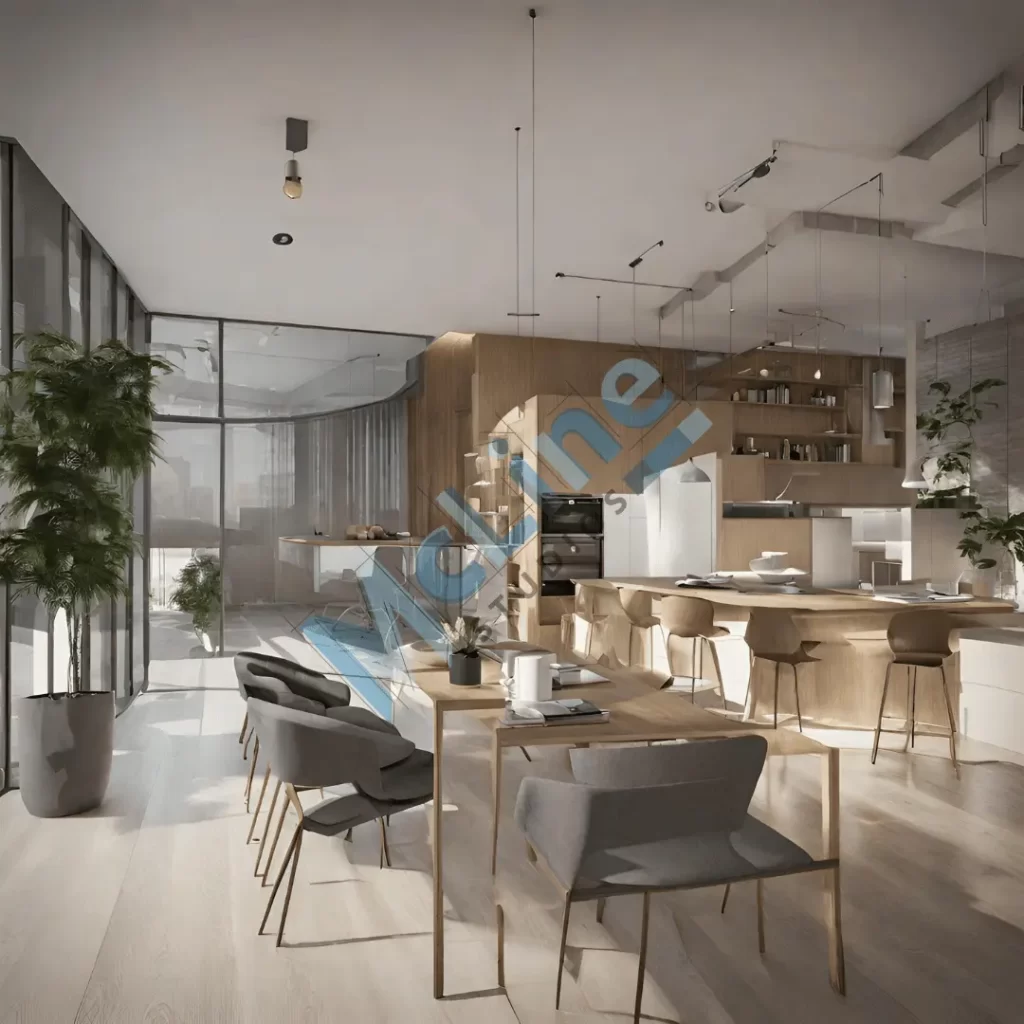
4. Collaboration and Communication:
- Improved Communication: 3D models serve as a common visual language that facilitates effective communication between architects, clients, engineers, and other stakeholders. This reduces the likelihood of misunderstandings and ensures that everyone involved in the project shares a clear vision of the design.
- Remote Collaboration: With the ability to share 3D models digitally, architects can collaborate with team members and clients remotely. This is particularly beneficial in today’s globalized world, where project teams may be dispersed across different locations.
5. Cost and Time Efficiency:
- Reduced Rework: The ability to visualize and iterate in 3D helps minimize design errors, thereby reducing the need for rework during construction. This leads to cost savings and a more efficient use of resources.
- Streamlined Approval Processes: 3D models can simplify the approval process by providing stakeholders with a clear understanding of the design. This often leads to quicker approvals and fewer delays in the overall project timeline.
6. Marketing and Client Engagement:
- Compelling Presentations: Architectural 3D models enhance marketing materials by visually stunning proposed project representations. This is particularly valuable for attracting clients, investors, or potential buyers.
- Emotional Connection: 3D models can evoke an emotional connection to the design, helping clients to better appreciate and connect with the envisioned space. This emotional resonance can positively influence decision-making.
3D modeling for architects and contractors revolutionizes the design and communication processes in architecture, offering efficiency, accuracy, and enhanced visualizations that benefit both professionals and clients throughout the project lifecycle.
The Bottom Line
In conclusion, the transformative impact of 3D modeling on architecture and construction is undeniable, revolutionizing the way projects are conceived, designed, and executed. McLine Studios, with its cutting-edge 3D rendering services, stands at the forefront of this technological wave, offering architects and contractors a powerful tool to bring their visions to life.
The benefits are multifaceted – from enhanced visualization and improved communication to streamlined decision-making and cost savings. The ability to explore virtual spaces in intricate detail before breaking ground not only accelerates project timelines but also ensures a higher level of precision and client satisfaction.
As we navigate the evolving scene of architecture and construction, encouraging 3D modeling becomes not just a competitive advantage but a necessity. McLine Studios’ commitment to delivering unparalleled quality and realism through their rendering services positions them as a trusted partner for those seeking to elevate their projects to new heights. Embrace the future of design and construction with McLine Studios, where innovation meets expertise, shaping a new era of possibilities in the realm of architecture.

